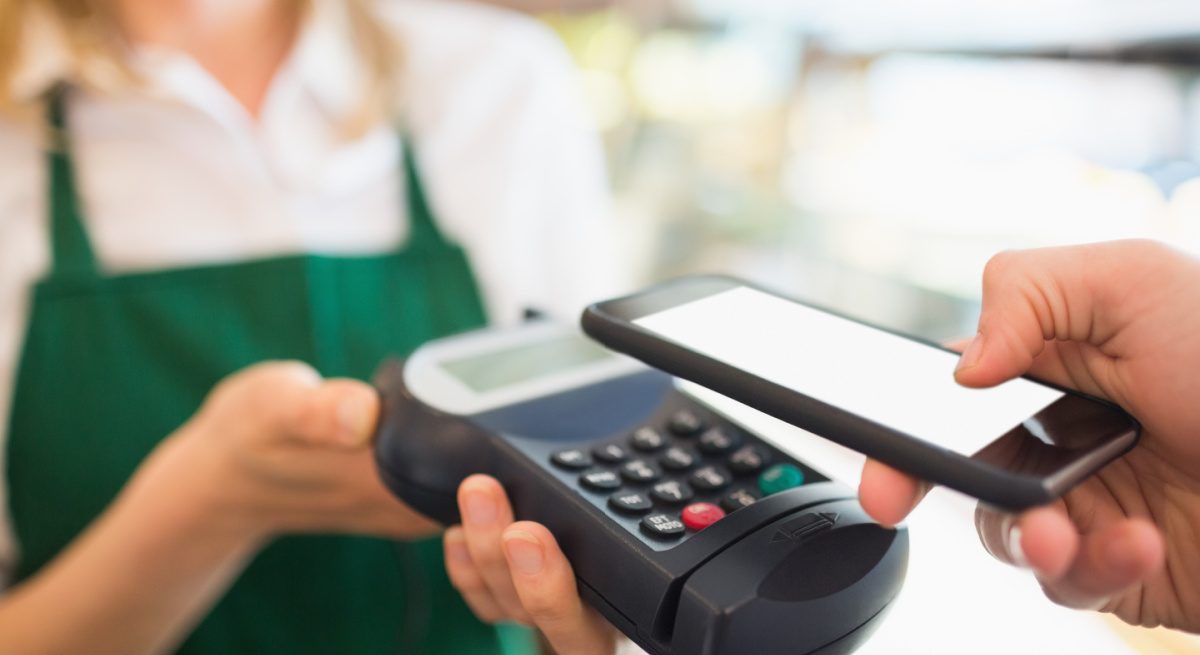Latest Payment Technology Trends for Restaurant Checkout
3 Min Read By Sesie Bonsi
In the hospitality industry, QR codes are currently all the rage as they are practically e-commerce payments. However, customers still sit physically in restaurants, blurring the lines between the online and offline.
Different innovative payment methods are being leveraged to increase food services efficiency in fast-food joints to fine dining. However, restaurant owners are looking for more: They want to streamline the checkout process further and for customers to complete the whole process – from ordering to payment – on their mobile devices.
This year, we will see the entire checkout process on customers’ devices instead of using different hardware or payment terminals. This will give customers the autonomy to pay and leave when they want, meaning higher customer turnover rates and higher tips. Here’s what’s expected.
No More Tip Hostage with Text and Pay
Pay-at-table solutions, where staff bring over a device for a card or phone payment, can often cause tip hostage – where the server tells the customer how much the tip is, almost guilt-tripping them into tipping more than they wanted, even after bad service. This is particularly an issue in the US, where the tipping custom has also become an issue for servers.
Text to order is already popular as a replacement for downloading apps, especially as customers can save their repeat purchases. But once a customer sends their order via text, they could also receive a link that allows them to pay for their order immediately. Customers would be able to checkout – and add any tips – on their own device instead of other terminals.
Research for years has shown that people tip more and even spend more when transactions are fully digital, without physical interaction, partly because it doesn't feel like they are spending money.
Voice Ordering to Ease Restaurant Interactions
Voice ordering – over smart speakers and voice assistants through mobile phones – may not be adopted immediately by the hospitality industry, but restaurants are ideally placed to capitalize on this.
It will most likely take off in fast-food restaurants and drive-throughs. However, it could also be useful in other settings, taking pressure off waiters and providing a more intuitive option to self-ordering on an app as customers could pay without further contact.
Plus, as tourism starts to open back up post-pandemic, it will be revolutionary for popular tourist destinations where language barriers exist. Travelers would have the opportunity to order in their own languages, over their own devices, and in their own time.
Everything in restaurants is about speed: How quickly can they get customers in, out, and seat another table? Voice recording removes steps from the process of servers taking orders, removing human error, and giving customers autonomy over the checkout process.
In-app pre-ordering solutions to help with food waste
According to ReFED, the US restaurant sector generates 11.4 million tons of food waste annually, equating to more than $25 billion in losses. Payment technology data could help with forecasting store demand patterns and identifying demand drivers.
For example, if a recurring customer comes by at the same time every week and orders the same meal, restaurants could pull that data off payment apps and start building order profiles. At Bleu, we partnered with a food service group wanting to get people to choose from a menu a day in advance, so they could plan accordingly, instead of delivering too much food and throwing the rest out.
With an in-app pre-ordering solution, customers could choose the items they wanted and make an e-commerce payment. When customers showed up to pick up the food, Bluetooth GPS tracking identified the customers correctly, avoiding order mix-ups.
This kind of service would be challenging to implement in restaurants with a fast turnover. But sit-down restaurants with repeat customers could start building customer profiles and receiving metrics on types of orders. Restaurants could even offer incentives to customers who order in advance as they reduce waste and boost profits.
QR Checkout vs. Touchless Payment Solutions
There are point of sale (POS) solutions that provide restaurants with QR codes that customers can scan to do the whole checkout process on their phones. But customers are tired of navigating new digital platforms or checkout processes every time they eat out.
Bluetooth technology, when integrated with a POS solution, eliminates the need for QR codes altogether – merchants could send payment requests through an app or use existing POS devices for a touchless transaction. On an app, a customer could place orders on their profile and checkout without the need for a cashier to send a payment request, meaning holistic solutions for any use case.
Overall, it looks like we’ll be saying goodbye to the chunky payment terminals and dramatically reducing the number of interactions in restaurants to minimize room for human error and serving delays. Instead, the sector will be welcoming in-app and touchless payments to boost speed and efficiency for all types of restaurant dining.


